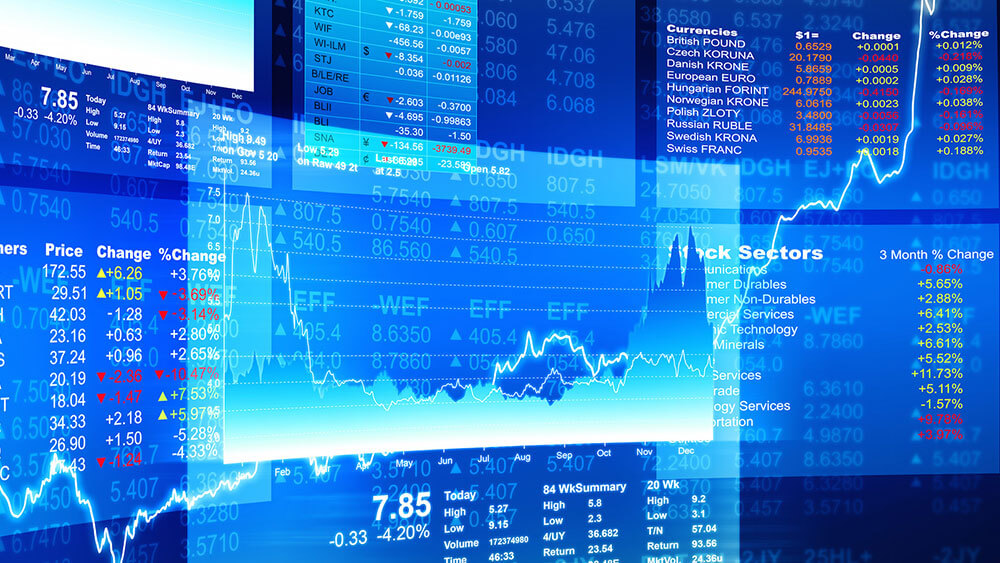In October, Bear Analytics hosted a live program called “Getting Real With Data,” which it billed as a discussion on “how associations and event professionals are using data to enhance sales, marketing, planning, and every-thing in between.” Held at the offices of the global incubator 1776 in Arlington, Virginia, the program was moderated by KiKi L’Italien, CEO of the digital-marketing consultancy Amplified Growth, and featured three panelists: Ryan Brown, vice president of sales and event services for National Trade Productions; Erin Lee, managing director of marketing and event technology for the Biotechnology Innovation Organization; and Katherine Matthews, database manager for the Entomological Society of America. A few weeks later, Convene talked to Brown, Lee, and Matthews.
What kinds of data should event organizers and associations focus on?
 KATHERINE MATTHEWS
KATHERINE MATTHEWS
It depends a lot on what type of association you are and what type of event you’re host-ing. It’s always good to be collecting attendee demographics. It’s good to analyze self-reported data versus transactional data that you get when they’re registering for the event. The answer is different for every organization, but there’s no wrong place to start either.
RYAN BROWN
In terms of sales, we use data differently than Erin would as a marketer
and Katherine as a database manager. In terms of exhibitor data and helping us prospect for new leads, we want to know their prior purchasing history, the product category for that company, annual revenue, and the size of the company in terms of employees. Salesforce Wave Analytics helps us do a gap analysis and identify new companies we can go after.
 ERIN LEE
ERIN LEE
My job is to drive revenue and registration, so I focus on where we can cast a wider net to a targeted audience. Once we capture a new lead and we know more about them, it’s about the message and the timing. From a sales and marketing objective, we need data that is going to be updated regularly by a trusted source. We work closely with media partners and state affiliates to reach niche groups within an industry segment or region and develop messaging tools and landing pages so they can drive their unique audiences to our website.
What are some of the best or more innovative ways event producers can collect data?
KM Certainly you’re collecting the basics when attendees register, and you’re collecting survey feedback from them, but I think there’s a lot of potential with attendee tracking, beacons or chips in their badges, and using location-based technology to drive decisions. That really personal experience delivered via an app has a lot of potential.
RB Our No. 1 way to sell is on the phone. In one phone call you can verify information and potentially divulge information that could lead you to a sale. When we call or email a prospect, ZoomInfo, integrated with Salesforce, has a window that comes up on that account and it tells you more about the company. It’s really useful in making sure you have up-to-date information for each company.
EL We have learned a lot through geo-fencing—targeting competitive events and serving up tailored ads and videos—with look-alike audiences. The goal is to get the user to click through, so we can retarget them and serve up content that is important to the user. Our objectives with geofencing have varied depending on the event and where we are in the marketing cycle.
How can data inform marketing strategy?
KM We focus on custom messages to three primary audiences—the student segment, the early-professional segment, and everyone else. It’s important for us to tailor our messaging to let them know we understand their needs. We put a lot of effort into investigating the natural timeline that people fall into, like most people tend to commit at the last minute. If we know emails are doing better at a certain day or time, we start to send more emails at that time. Target your messages to get maximum engagement from the audience.
RB We work pretty closely with our marketing team to make sure we can match attendees and exhibitors. We merge our sales and marketing plans together, so that we’re on the same page. They help get data back to us, like click-through and open reports for emails. I want to see who opened them and where they went once they clicked through.
EL We are constantly watching data from more than eight sources, including Google Analytics, registration, paid ads, social-media engagement, housing, and various partners. Now that many of our metrics are benchmarked, we can assess how we’re performing, week over week, month over month, or com-pared to the last year. As marketers, we like to plan as much as possible in advance, knowing that at any time we might need to pivot from a messaging or targeting perspective.
In what ways can data be misleading or biased?
KM There’s definitely a difference between self-reported data versus transactional. In terms of managing data bias, it’s important to consider the context. Whether that’s context within your organization or outside, you wouldn’t want to analyze any kind of pattern in a vacuum without considering what was else was going on.
RB Surveys can be misleading, because you typically only get responses when people are on one end of the emotional spectrum. They were either really ecstatic about an event or really upset. When we do data analytics, we try to keep it as transactional as possible. Even then, you think of math as black and white, but when you’re talking about data that’s related to human behavior, there are human biases built into it.
EL We have had a few hiccups in track-ing conversions in our various systems, so getting all your partners aligned with the same objective and doing thorough testing is critical.


